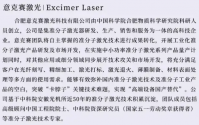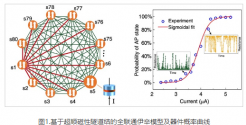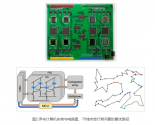Looks like there is another group of companies that are slowly crawling up creating a sort of secondary supply chain for semiconductor optical lithography apart from the establish companies of the project 02.
I have seen new companies in:
- High end wafer precision motion.
- High end lithography optics.
- High end positioning sensing.
- High end excimer light sources.

This companies for now are serving other sectors like metrology equipment and so on but there is a possibility that we are going to see DUV scanners from other company apart from SMEE and ASML and others in China.
In that case my guess is that ASML and Nikon may use their patent portfolio to try to stop any company in China apart from SMEE from developing DUV lithography machines so they don't have so many competitors cabbagetizating the lithography industry.
I have seen new companies in:
- High end wafer precision motion.
- High end lithography optics.
- High end positioning sensing.
- High end excimer light sources.

This companies for now are serving other sectors like metrology equipment and so on but there is a possibility that we are going to see DUV scanners from other company apart from SMEE and ASML and others in China.
In that case my guess is that ASML and Nikon may use their patent portfolio to try to stop any company in China apart from SMEE from developing DUV lithography machines so they don't have so many competitors cabbagetizating the lithography industry.


